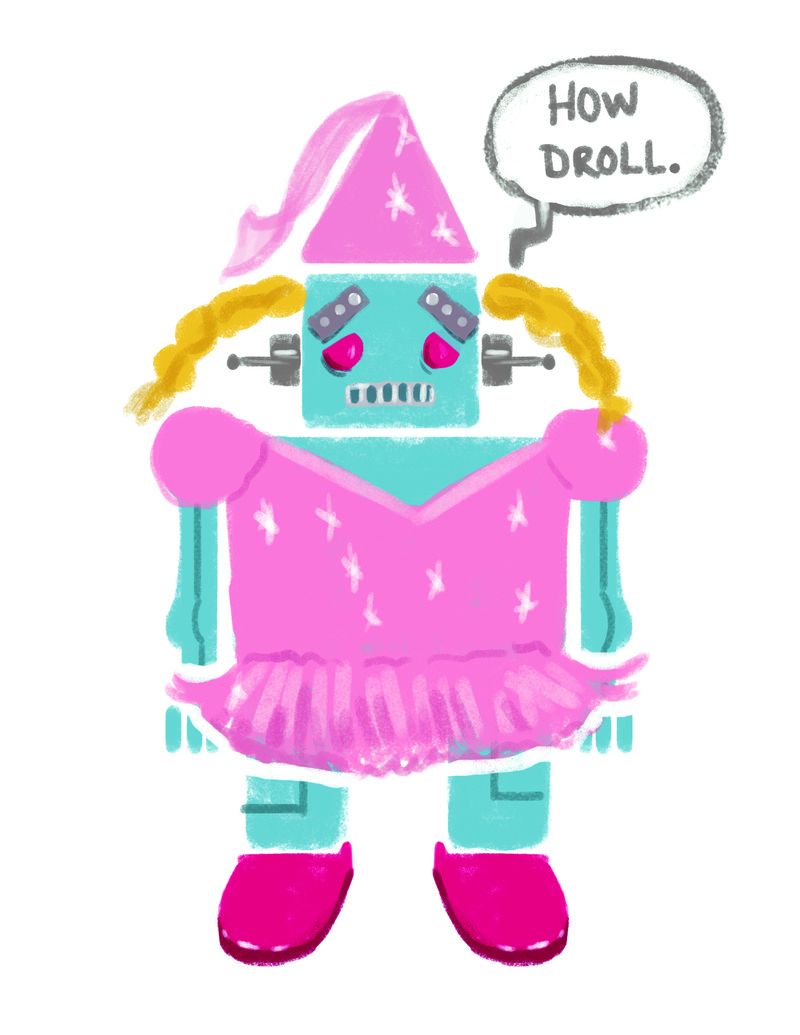Adjectives are a little gossipy. They are words that are always telling you things about other words. One can only hope that it's truthful stuff.
The brackish water
The dignified host
The giggly child
The adjectives are "brackish," "dignified" and "giggly." They modify the nouns "water," "host" and "child."
Often, but not always, the adjective goes right before the noun. Sometimes, they are after the noun.
The city proper
The body electric, from a Walt Whitman poem
The quarterback was afraid.
The boy was glad.
Note that for the last two examples, the adjectives go only after the noun. You wouldn't say, "the glad boy" or "the afraid quarterback."
We learn these distinctions as we learn the language.
Sometimes adjectives are a few words together.
This pie is the best I've ever had.
That team is the one to beat.
I'm happy to know you.
Adjectives sound good when they are spot-on. They can say a lot with just a word: astute, cozy, savvy. But they can be bad. Some adjectives just don't say a lot: tasty, terrific, nice, lovely, interesting.
I confess that I am a serial user of the adjective "cool."
Sometimes you have to tailor your adjectives to your listener. If 2-year-old Alex shows you the blue princess robot she received for her birthday, you would probably say, "That robot is cool!" You probably wouldn't say, "Alex, how droll."
When I was 20, I had the chance to meet one of my acting heroes, Derek Jacobi, after he performed in Much Ado About Nothing in London. Later, I was telling my drama professor about how kind Jacobi was. I said, "He wasn't at all snotty, like famous people sometimes are."
Thirty-three years later, I still cringe at having said "snotty" instead of "snobby." Poor word usage can be traumatic.
Incredibly, adjectives are supposed to follow a certain order when they are used in bulk. The eight kinds of adjectives are to go in this order:
determiner, observation or opinion, size and shape, age, color, origin, material, qualifier.
I have no idea who decided this, but that is staggering power.
This authentic huge 50-year-old brownish British wooden dining table sells for $8,000.
It's rare, thankfully, that all those adjectives are used in one sentence. You're more likely to see a shorter combination.
The 50-year-old British wooden table.
Now, using commas
with adjectives can get tricky. In a sentence that uses similar kinds of adjectives, you use commas between adjectives. In a sentence with different kinds of adjectives, you omit commas.
Nigel saw life as a giant, blue haze.
Nigel's sweater was a purple Irish ragg wool sweater.
Also, you don't put a comma between the last adjective and the noun.
Mark Twain was clear on his opinion on adjectives. From a letter he wrote to D.W. Bowser in 1880:
"I notice that you use plain, simple language, short words and brief sentences. That is the way to write English -- it is the modern way and the best way. Stick to it; don't let fluff and flowers and verbosity creep in. When you catch an adjective, kill it. No, I don't mean utterly, but kill most of them -- then the rest will be valuable. They weaken when they are close together. They give strength when they are wide apart. An adjective habit, or a wordy, diffuse, flowery habit, once fastened upon a person, is as hard to get rid of as any other vice."
Hard to argue with that.
Sources: Purdue University Capital Community College, Daily Writing Tips, onestopenglish.com
Reach Bernadette at
ActiveStyle on 01/30/2017

